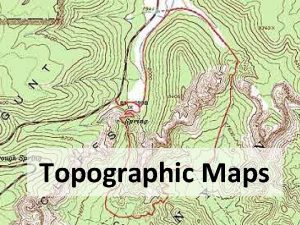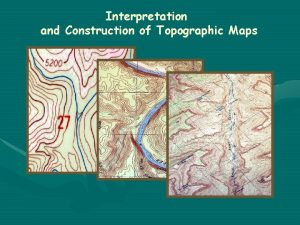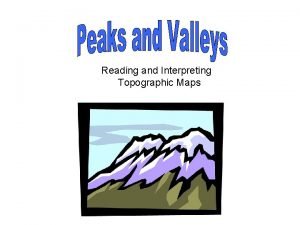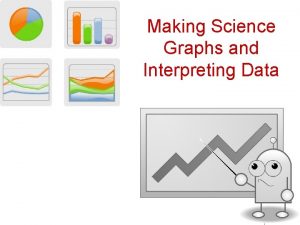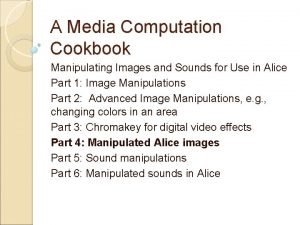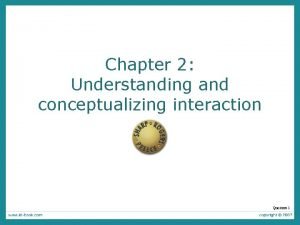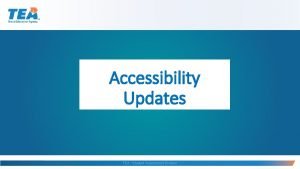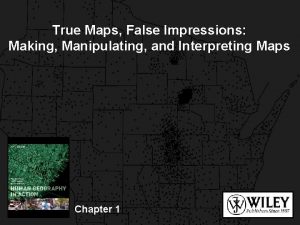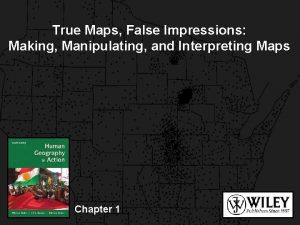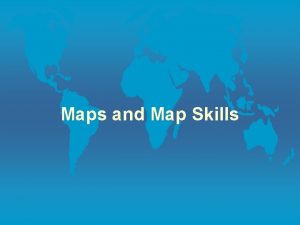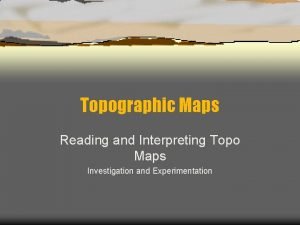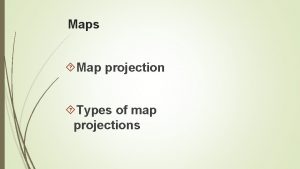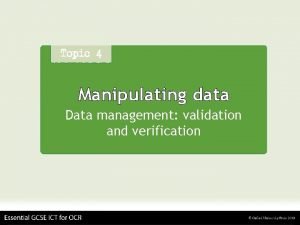MAPS MAKING MANIPULATING AND INTERPRETING MAP TERMS MAP












- Slides: 12

MAPS MAKING, MANIPULATING, AND INTERPRETING

MAP TERMS • MAP PROJECTION = A systematic method of transferring the spherical surface of the earth to a flat map. • • “All maps lie flat, and all maps lie. ” What do you think this means? SIMPLIFICATION = the omission, straightening, exaggeration, and distortion of the map • MAP SCALE = the degree to which a map “zooms in” on an area. MAP SCALE is defined by the ratio of map distance (distance b/t 2 points on a map) to earth distance (distance b/t 2 points on the earth’s surface), that are measured in the same units. • A large-scale map depicts a small area (downtown Tampa) with great detail. A small-scale map depicts a large area (the state of Florida), but with less detail. • A larger fraction such as 1/10, 000 means a large scale; while as smaller fraction such as 1/1, 000 means a small scale. • AGGREGATION = the level of data (total amount brought together) influences the spatial patters we see. The level of aggregation refers to the size of the geographic units under investigation.

SCALE • Map scale is represented in 3 ways: 1. Representative Fraction: Map distance to ground distance is written as a simple fraction (1/50, 000) or ratio (1: 50, 000). One unit on the map (inches, centimeters, etc. ) represents 50, 000 of the same units on the ground. 2. Verbal Scale: Words instead of numbers are used to express scale. Example: 1: 100, 00 translates to “one centimeter to one kilometer. 3. Graphic Scale: Appears as a line or bar divided into numbered segments to create a “picture” of the words.

MAP TYPES • REFERENCE MAPS = General purpose maps depicting cities, boundaries, mountains, or roads. • THEMATIC MAPS = highlight a particular feature, single variable (such as temperature, populations, elevations, etc. ) and tell stories showing the degree of some attribute, or the movement of a geographic phenomenon. • TYPES OF THEMATIC MAPS: 1. Isoline Maps show lines that connect points of equal value. (Iso means equal in Greek). Isolines are any line on a map, which connect all places having the same value such as rainfall, air pressure, elevation, or. . latitude and longitude 2. Choropleth Maps show the levels of variables within predefined regions such as counties, states, or countries and categorizes the variables into classes by shading each with different colors. 3. Proportional Symbol Maps use symbols such as circles to show intensity, frequency, or quantitative data 4. Dot Maps use dots to represent the occurrence of some phenomenon (event) in order to depict density variations in a given area.

Isoline Map

CHOROPLETH MAP

PROPORTIONAL SYMBOL MAP

DOT MAP

Differences between Reference and Thematic maps • Reference Maps - A tool to view the boundaries of census geographies, such as counties, cities and towns, urban areas, congressional districts, census tracts, census blocks, and more. • The reference map shows you selected geographic boundaries for an area along with orienting features, such as roads. • Thematic Maps - A tool to view geographic patterns and to see a comparison of statistical data, such as population or median income, displayed in a map format.

REFERENCE MAP

THEMATIC MAP

DATA • PRIMARY DATA = Data measured or obtained directly by researchers • Example: Survey research asking people about their shopping behavior, travel patterns, or migration history. • SECONDARY = Data from another source that was previously collected, and catalogued. • Example: Information gathered from the Unite Nations or U. S. Census Bureau.
 Interpreting topographic maps worksheet
Interpreting topographic maps worksheet Topographic map construction
Topographic map construction Vertical interval of a map
Vertical interval of a map Interpreting graphs science
Interpreting graphs science Maps reittihaku
Maps reittihaku Process of manipulating images and sounds
Process of manipulating images and sounds Polynomial degrees and terms
Polynomial degrees and terms Finding like terms
Finding like terms Lady macbeth manipulates macbeth quotes
Lady macbeth manipulates macbeth quotes Instructing conversing manipulating exploring
Instructing conversing manipulating exploring 13-2 manipulating dna
13-2 manipulating dna 13-2 manipulating dna
13-2 manipulating dna Accessibility features tea
Accessibility features tea
